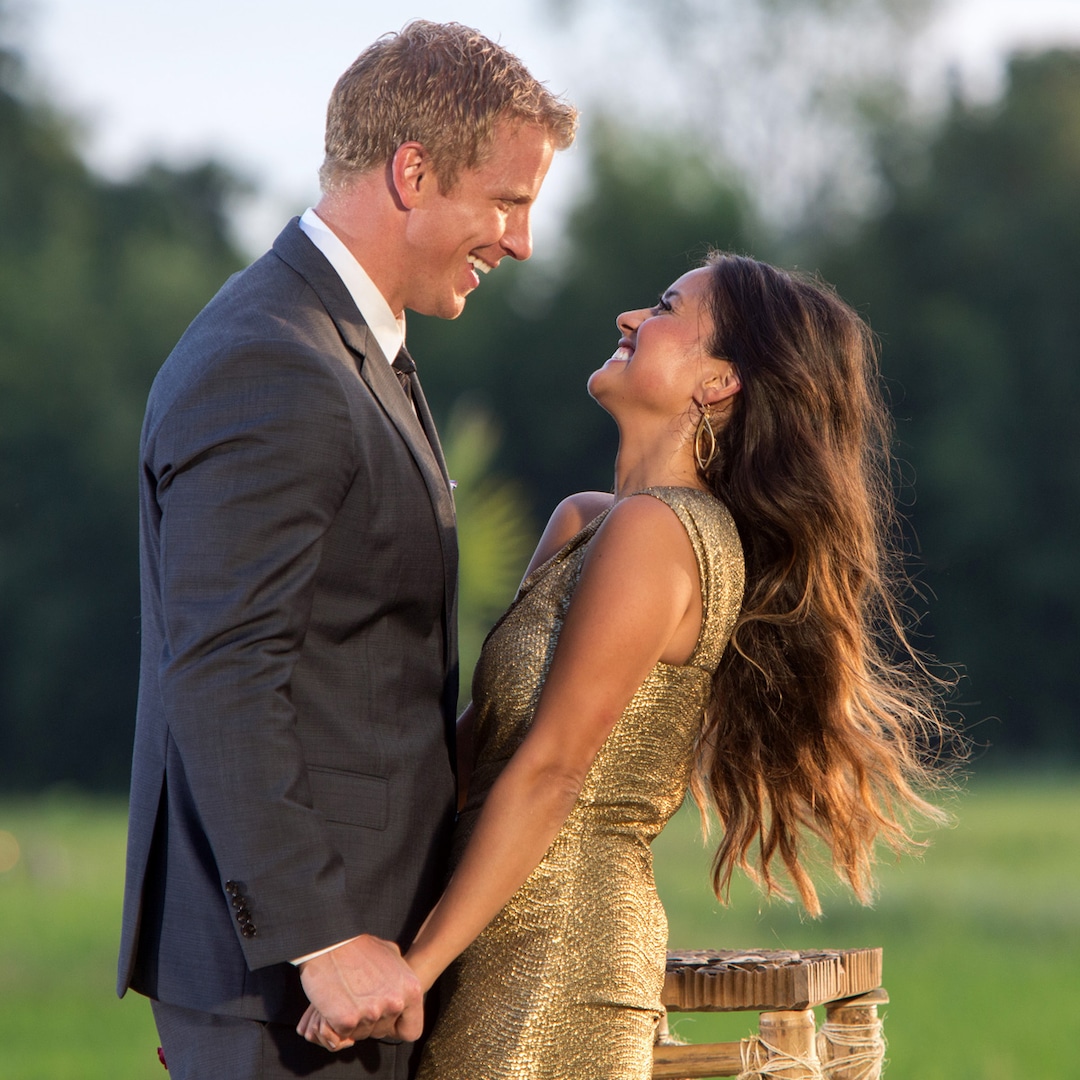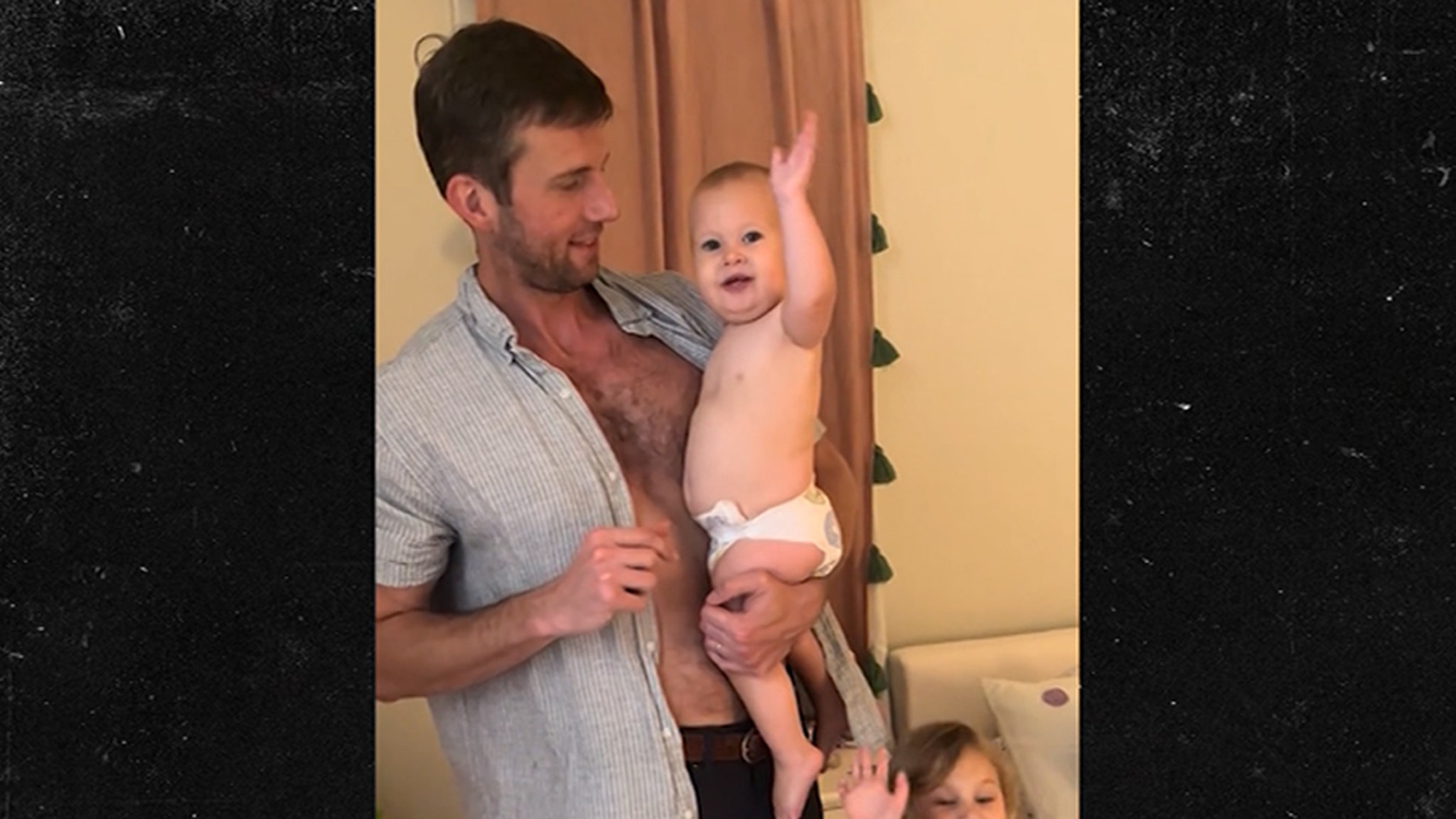Culture
Uncovering What Audubon Missed, and What He Made Up

By the time Kenn Kaufman finished the research for his upcoming book on early North American ornithology, his view of John James Audubon, history’s most famous birder and the central figure in his new work, had changed entirely — starting with whether Audubon was a fraud.
“I began the process assuming that everything he’d written in ‘Ornithological Biography’ must be true and accurate, aside from a few honest mistakes and a few puzzling lapses,” Kaufman said, referring to Audubon’s landmark 1831 study of bird behavior.
But as Kaufman read on, he noticed Audubon’s penchant not just to embellish, but to make up tales from whole cloth. More than once Audubon described birds that almost certainly never existed. He even made the dubious claim of having gone hunting with the famed frontiersman Daniel Boone in Kentucky around 1810, even though Boone was in his 70s at the time and living in Missouri.
“When you look at his work, you start with the assumption that he may have just invented this out of nothing,” Kaufman said. “It makes him a really fascinating character.”
The miscues, contributions and shortcomings, at times severe, of Audubon and the other figures who helped define the study of birds in the United States in the early 1800s animate Kaufman’s book, “The Birds That Audubon Missed,” out Tuesday from Avid Reader Press.
In it, Kaufman, one of the country’s pre-eminent naturalists, delves into the motivations, achievements and rivalries of early American ornithologists and explores the challenges they faced in identifying and describing North American bird life. Interwoven with Kaufman’s musings on conservation, technology and the meaning of discovery, it is at heart a reflection of the author’s deep sense of connection to the natural world, especially to birds, and of his enthusiasm for helping others find that connection for themselves.
“Birds appeal to all of our senses, including our sense of wonder and imagination and endless possibilities,” Kaufman said.
Kaufman’s love for birds started early. As a nature-obsessed boy in suburban Indiana flipping through picture books of bears, elephants and dinosaurs, he was drawn to birds at first because none of those giants were present near his home. The more he watched birds, the more he was taken by them. He started reading Audubon Magazine articles written by Roger Tory Peterson, a prominent ornithologist, and became transfixed with what he described as the “intensity” and “hyperawareness” that he saw when he looked at birds close up.
By age 11, Kaufman knew he wanted to grow up to write books about birds — and his interest never wavered. As an early teen confronting the prospect of being drafted into the Vietnam War, one of his concerns was where to find a field guide to birds in the country. At 16, he left school to hitchhike across the United States and see bird species that weren’t on hand in Indiana, the subject of his 1997 memoir, “Kingbird Highway.” Even after a lifetime of study, Kaufman continues to search for and track birds on a daily basis.
“As a kid, you could always just discover something different in the backyard,” Kaufman said. “And I’ve been hooked by that ever since. They’re still surprising.”
Kaufman is careful to note that “discovery” is a loaded word: Not only were many North American birds first described for Western science by men who had never seen them alive (and in many cases never visited the continent), but, as Kaufman writes in the new book, Indigenous cultures “had robust knowledge of birdlife, genuinely scientific in its own way, long before any Europeans set foot on their lands.”
But “The Birds That Audubon Missed” is ultimately a celebration of a more personal sense of discovery, less tied to who saw what first and more to do with what new experiences do for our sense of wonder at the world around us.
“We could say that discovery, for an individual, is an elusive myth,” he writes. “But I prefer to see it in the opposite way. I think we can all make discoveries, every day.”
To that effect, Kaufman has spent much of his career trying to make it easier for people to get started in birding.
His “Field Guide to Birds of North America” — which was first published in 2000 and preceded a series of guides on birds and other animals — broke with tradition by being geared toward beginners. It even rankled some aficionados for being too user-friendly; they thought birding should be reserved for those willing to dedicate themselves to it fully. In 2005, Kaufman financed part of the publication of the guide in Spanish, which he says he made him “prouder than anything else I’ve done.”
“The world doesn’t really need a lot more people who can describe the tertials on a third-winter Thayer’s gull,” Kaufman said. “But we need a lot more people who maybe have seen a yellow warbler and have some sense that it needs habitat.”
Kaufman says that those who want to gate-keep birding are missing the point, an outlook that may be partly why he has become one of the most recognizable faces in modern American ornithology. He is a two-time recipient of the American Birding Association’s lifetime achievement award. A longtime field editor for Audubon Magazine, he also writes a column called “Ask Kenn” that answered reader questions like “Are American Robins really a sign of spring?” and “Do birds get bored?” His 2019 book on spring migration, “A Season on the Wind,” has even been adapted to music by the Bowerbird Collective, an Australian art and conservation organization, with a concert set to debut this month.
“Kenn’s work has helped spark the joy of birds for generations of birders,” said Elizabeth Gray, the chief executive of the National Audubon Society, a conservation group that works to protect birds and their habitats and publishes Audubon Magazine.
“The Birds That Audubon Missed” sprang originally from Kaufman’s curiosity about why so many common bird species went unacknowledged by Audubon — and his contemporaries — despite his setting out to identify and paint as many North American species as possible. Throughout the book, Kaufman wonders how Audubon would have painted birds such as the Swainson’s thrush if he had been able to identify them — and presents his own watercolor attempts at capturing Audubon’s style.
Kaufman has serious artistic chops; his paintings have been on display in the “Birds in Art” exhibition at the Leigh Yawkey Woodson Art Museum in Wisconsin. But in trying to emulate Audubon’s style — bold, life-size watercolors that seem ready to fly off the page — he had “failed utterly,” he said with a laugh.
“It’s the liveliness of the images,” said Lars Jonsson, a Swedish illustrator and ornithologist who is widely considered one of the world’s great painters of birds, of the enduring appeal of Audubon’s work. “The amount of work and the passion in his paintings is just amazing.”
From a study of Audubon’s missed birding opportunities, Kaufman’s project grew to take on a more critical look at the relationships that defined his career. Alexander Wilson, the Scottish-born ornithologist whose writing and scientific rigor surpassed Audubon’s, but whose paintings were drab by comparison, comes alive as a firebrand and rebel in Kaufman’s telling. George Ord, a contemporary who was ridiculed for questioning Audubon’s scientific claims, is shown in many cases to have been right all along.
It is Audubon, though, who “sucks the oxygen out of the room,” Kaufman says, and here his flaws are on full display. (Birding aside, he was an enslaver who Kaufman says “can’t hide behind the excuse that he was a man of his time.”)Still, Kaufman said he resists the urge to hold a “high-contrast view of history” that characterizes everyone as either an absolute villain or an absolute hero.
Audubon may have turned out to be something of a scientific fraud, upon Kaufman’s examination, but his influence on North American birding is undeniable, and he did make many important contributions to the science of studying birds.
As Gray notes, the name Audubon has come to represent not just the man but also “a community driven by a broader love and appreciation for birds and the actions needed to protect them.”
For someone as bird-obsessed as Kaufman, that is surely to the good.
“Once you start tuning into these other living things, I think it really makes the world more three-dimensional,” Kaufman said. “It makes life more interesting if we step outside of the confines of human culture and look at what else is out there.”






















